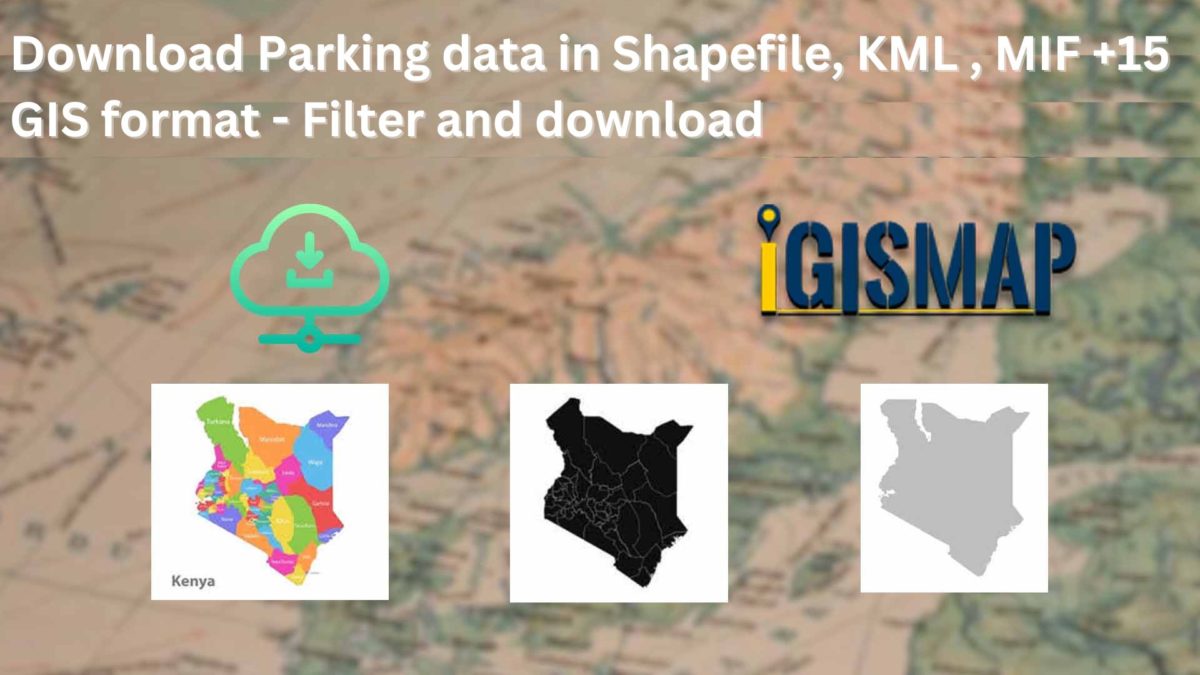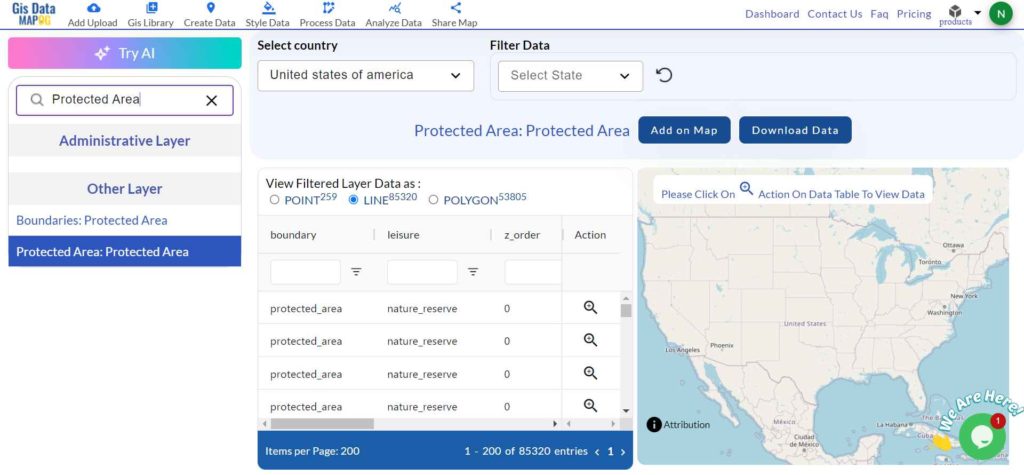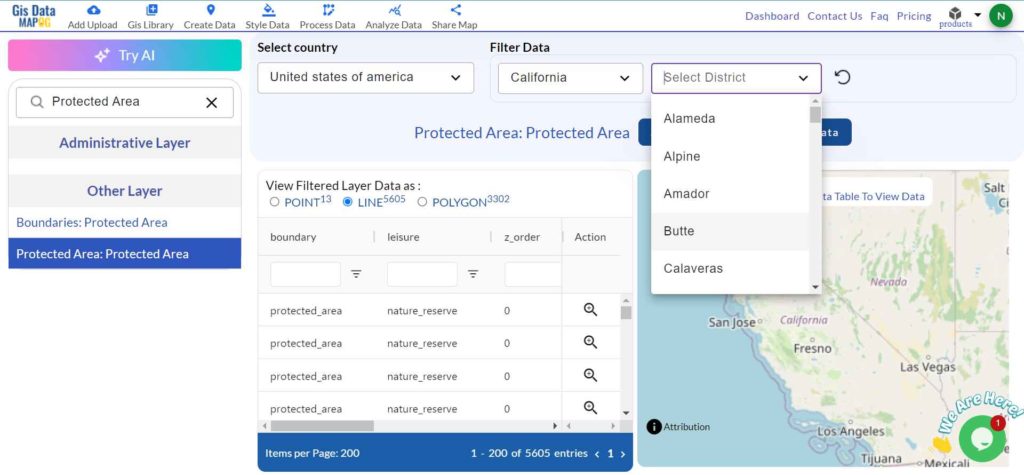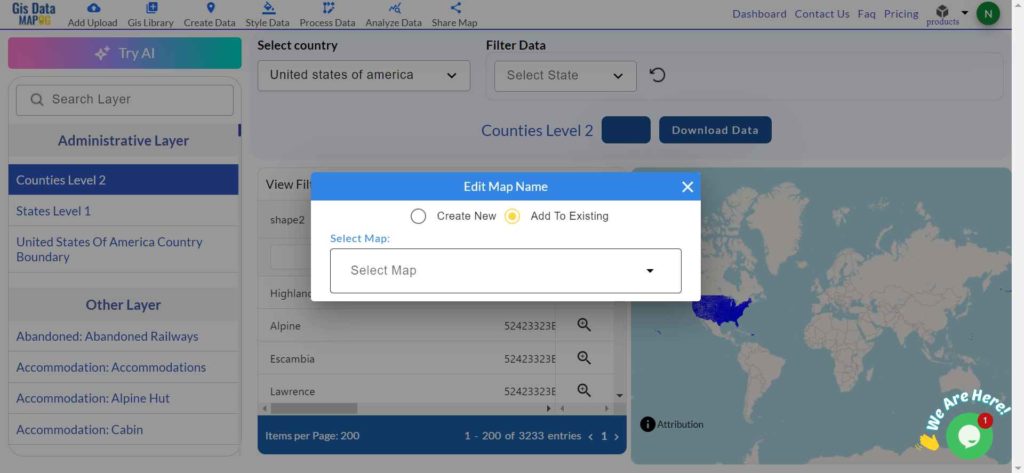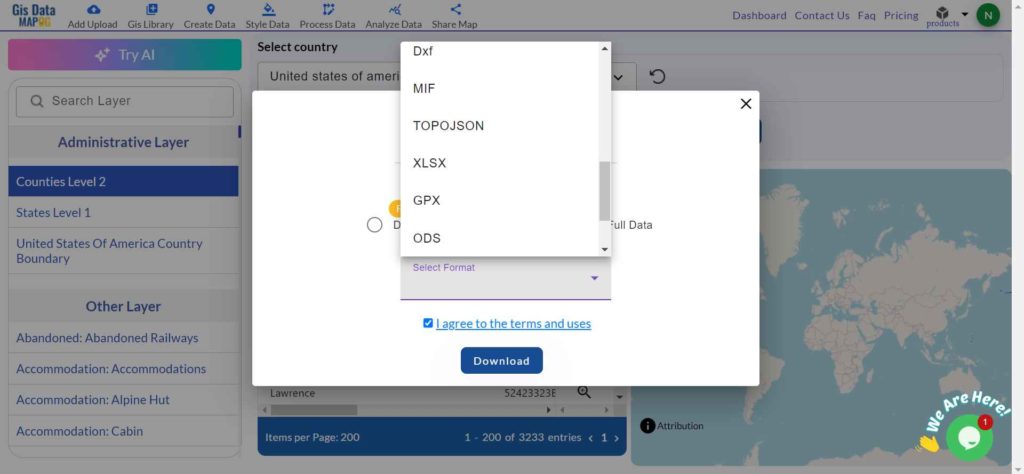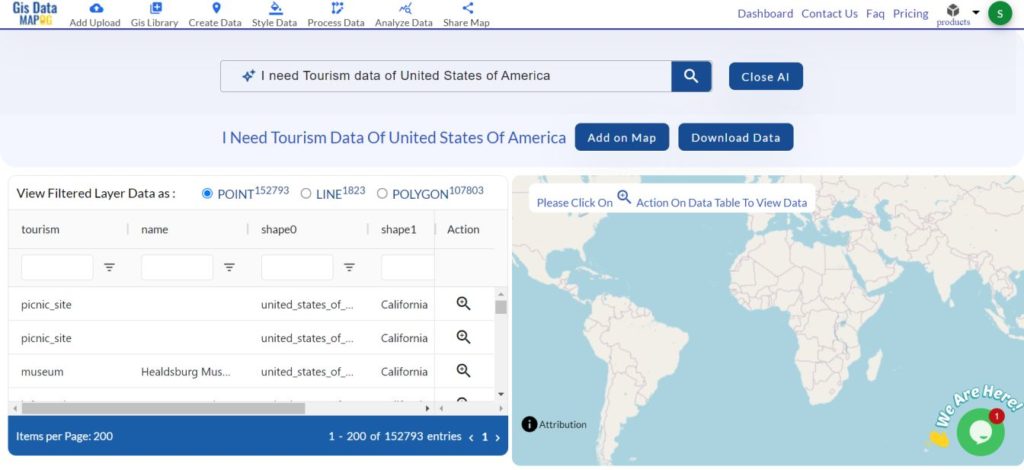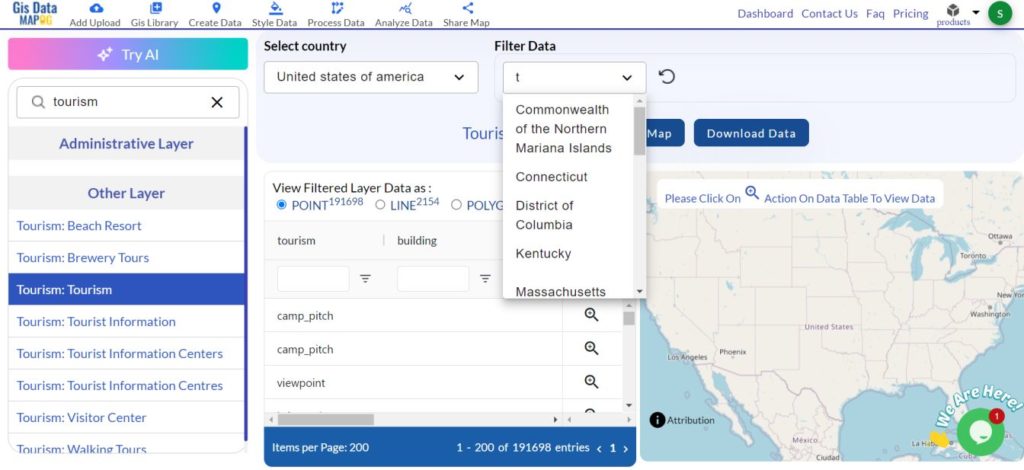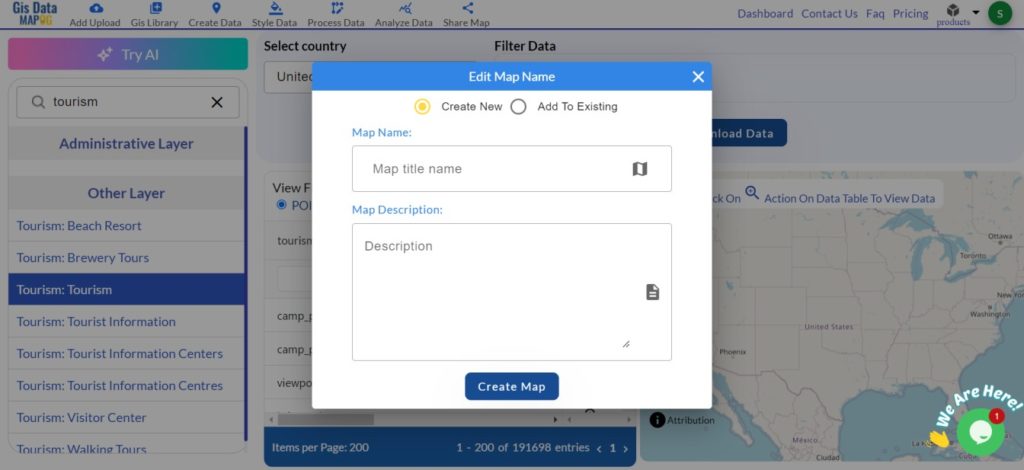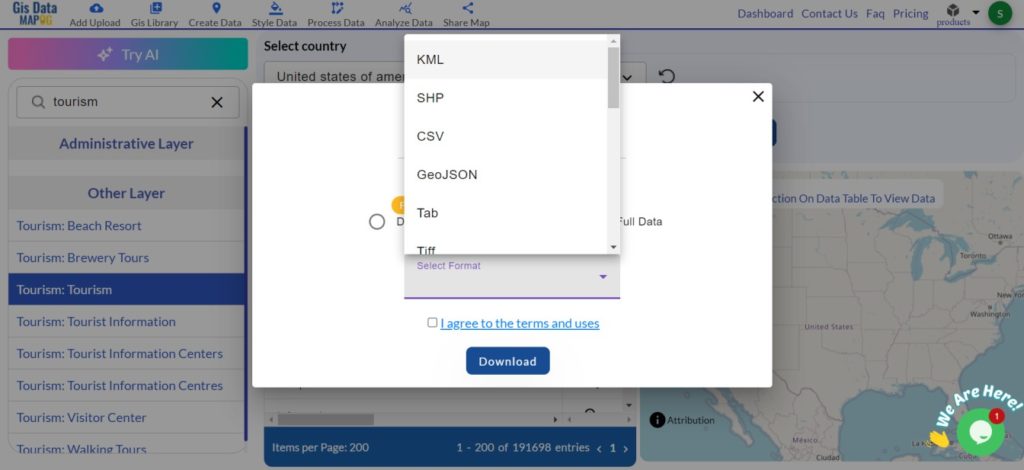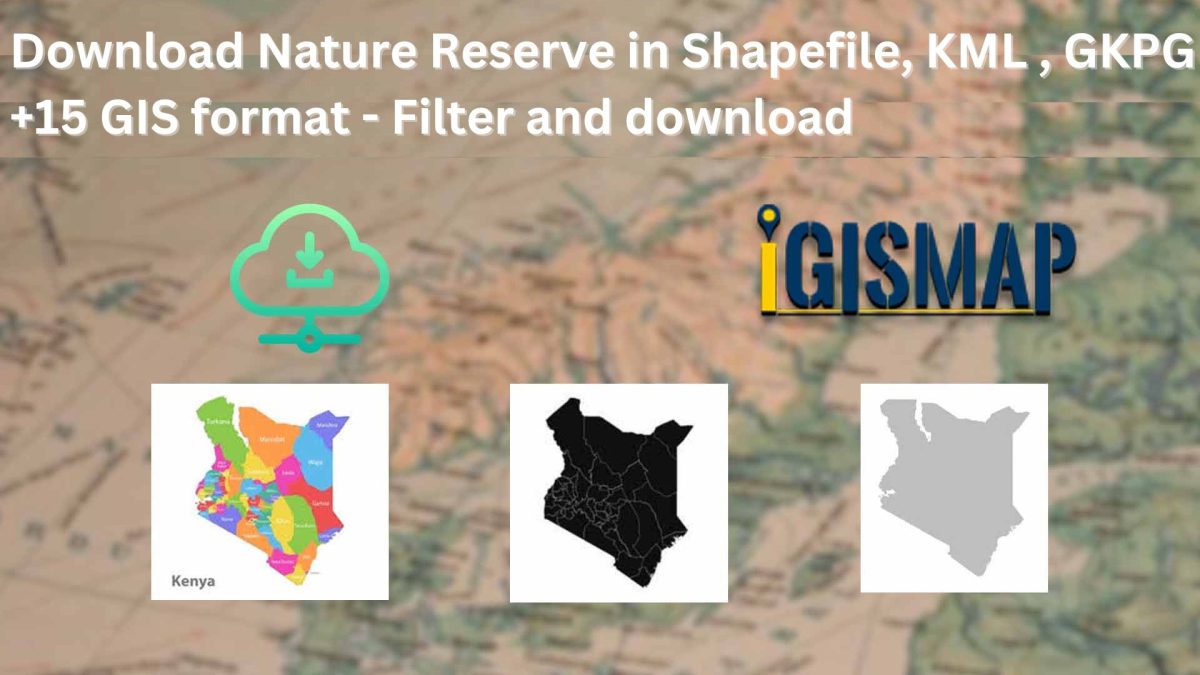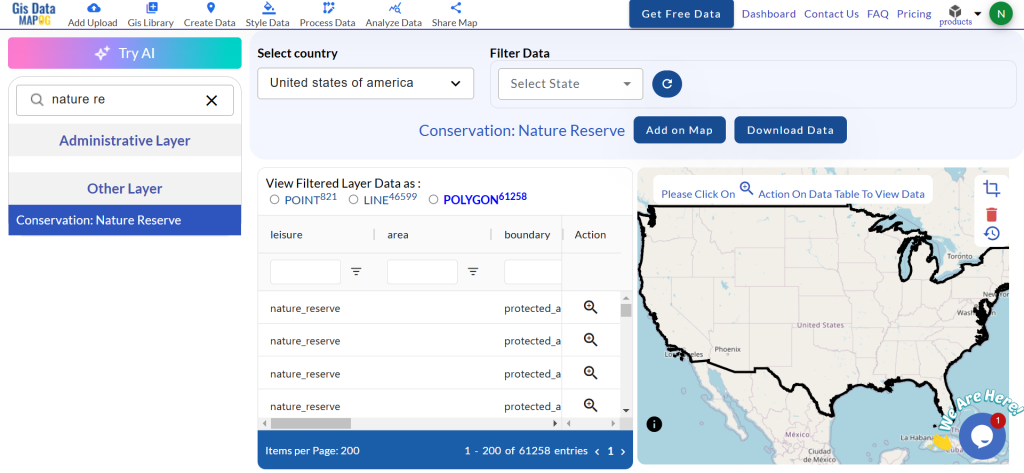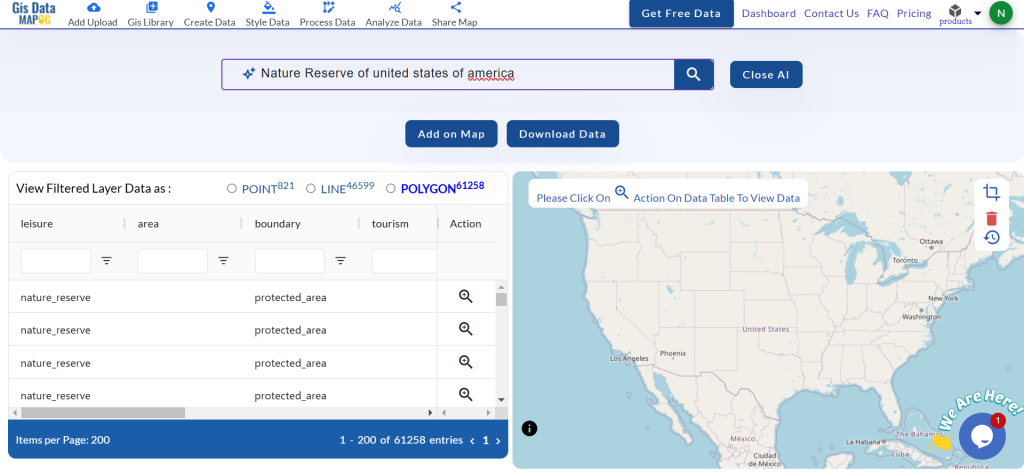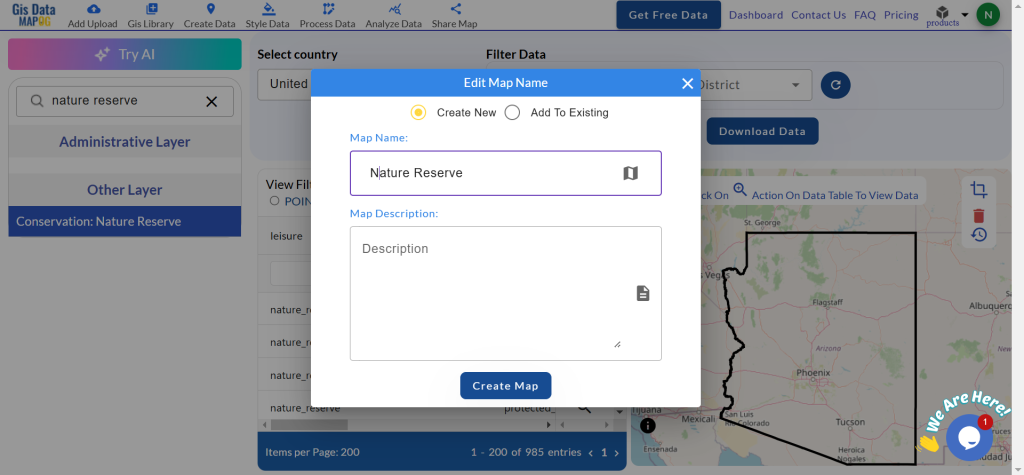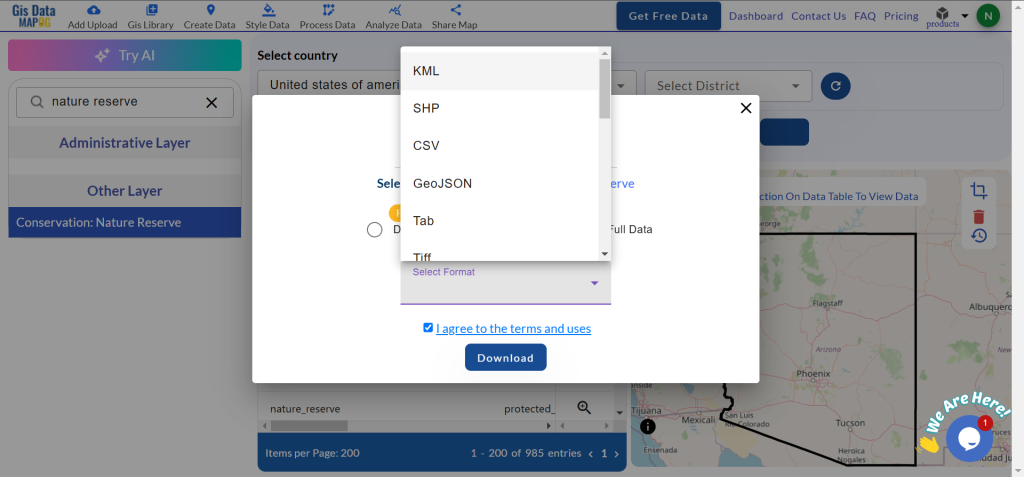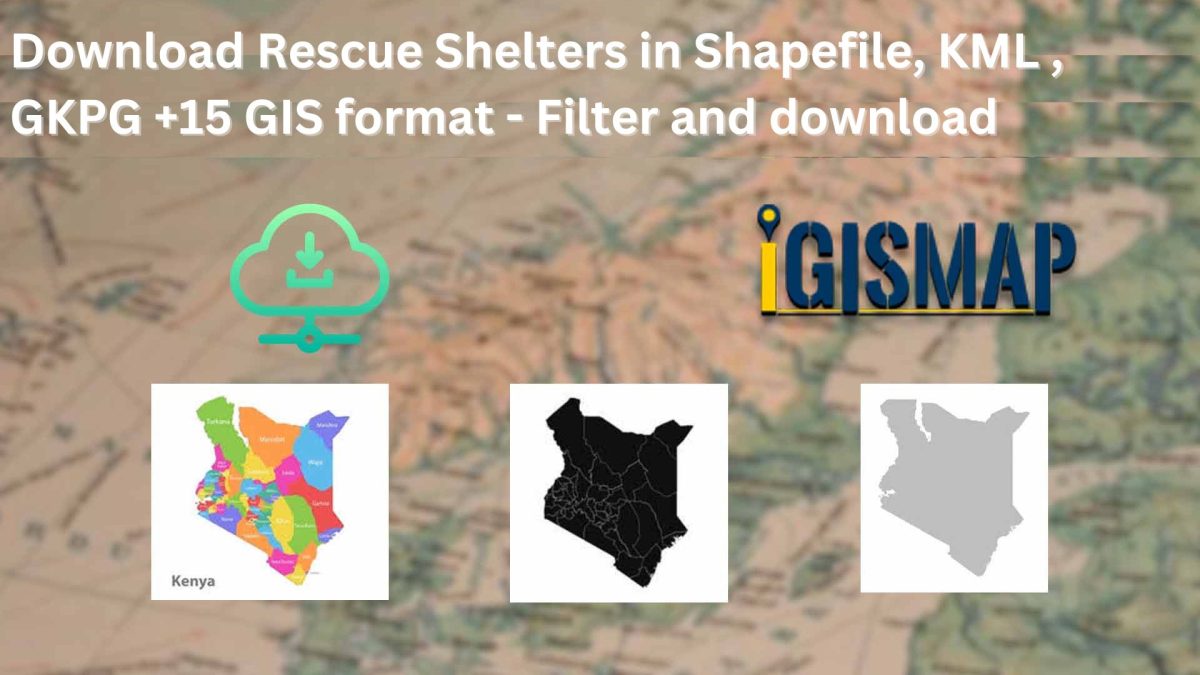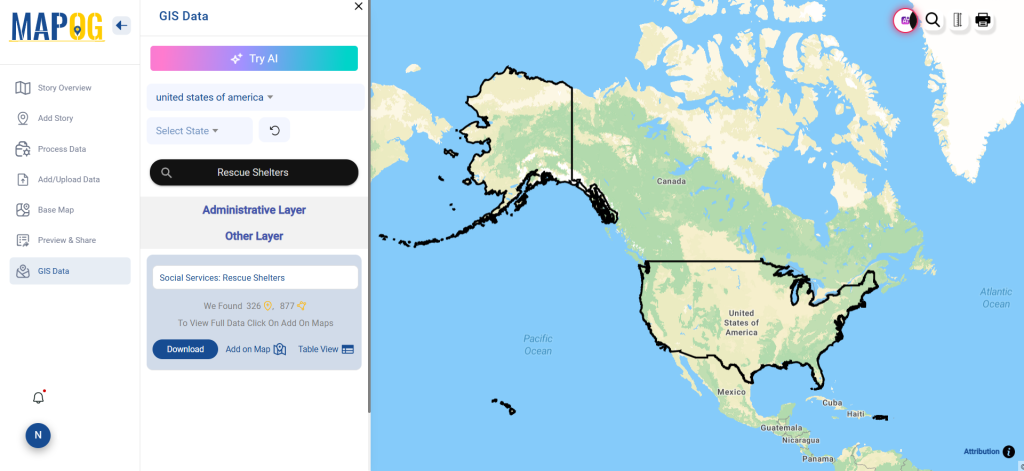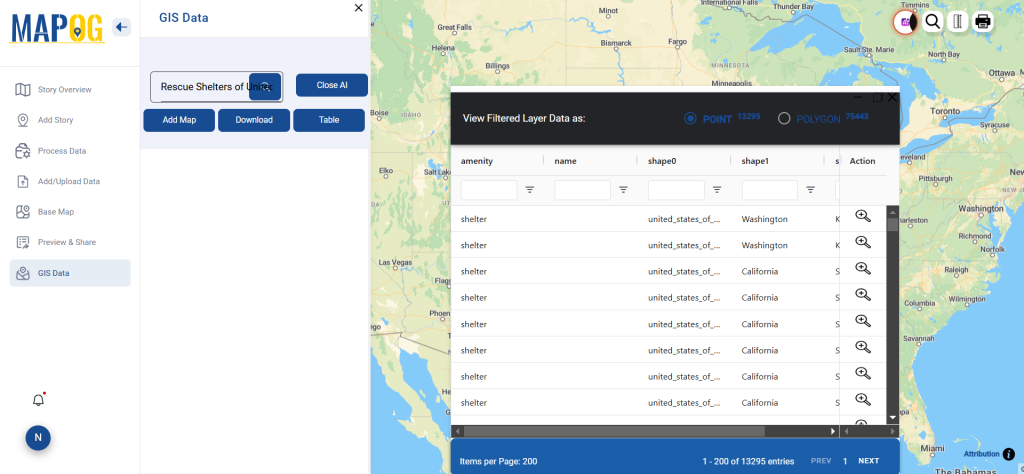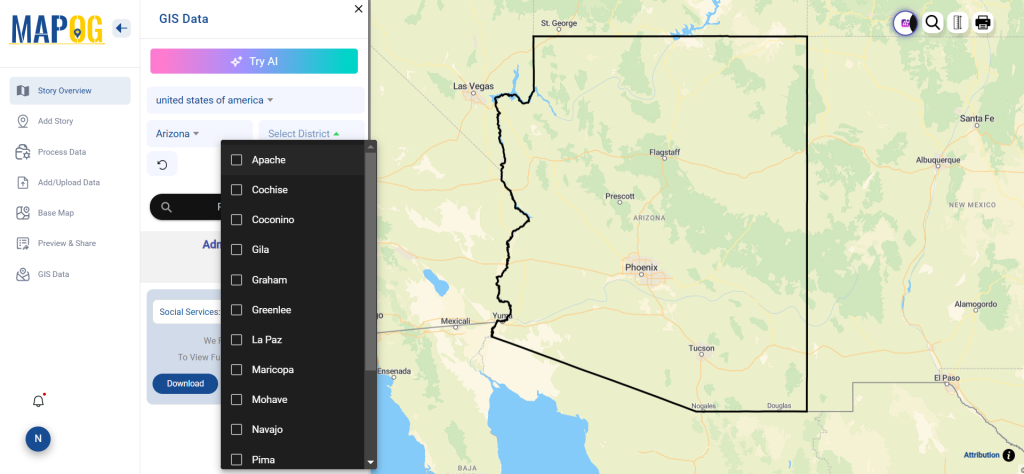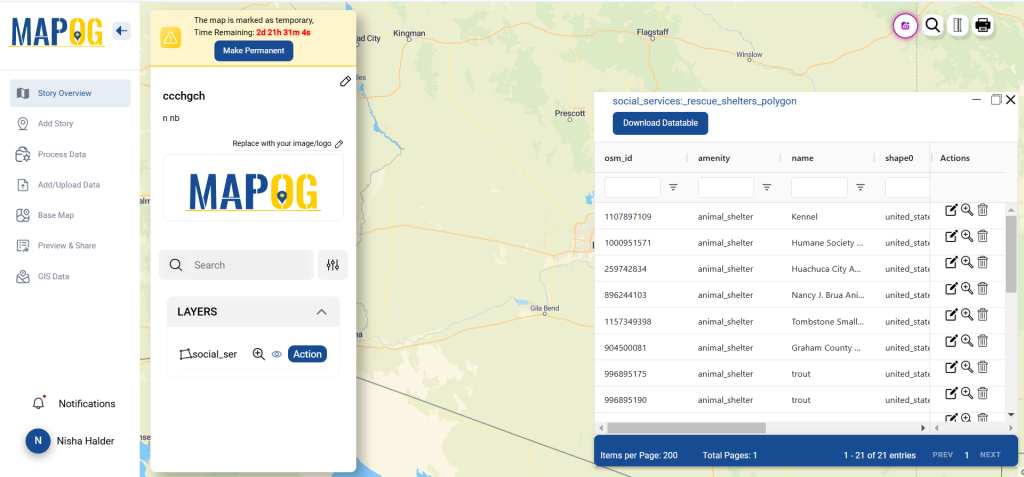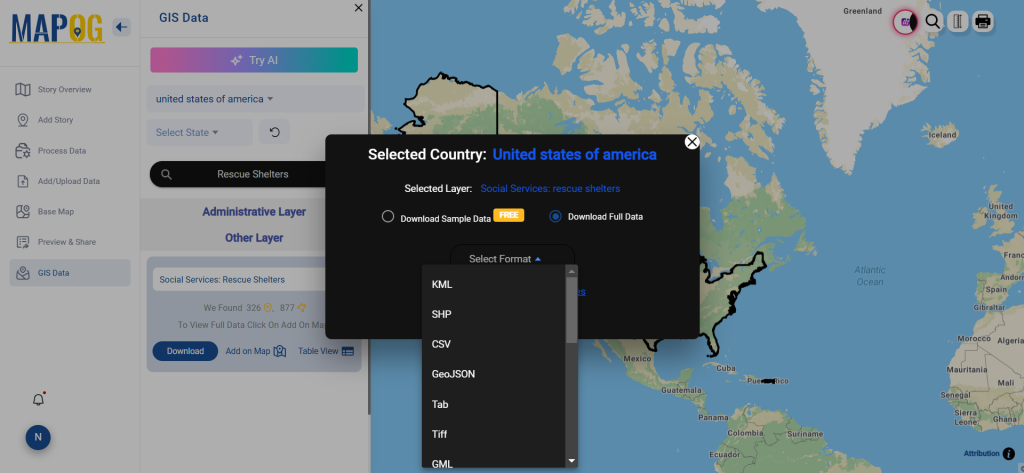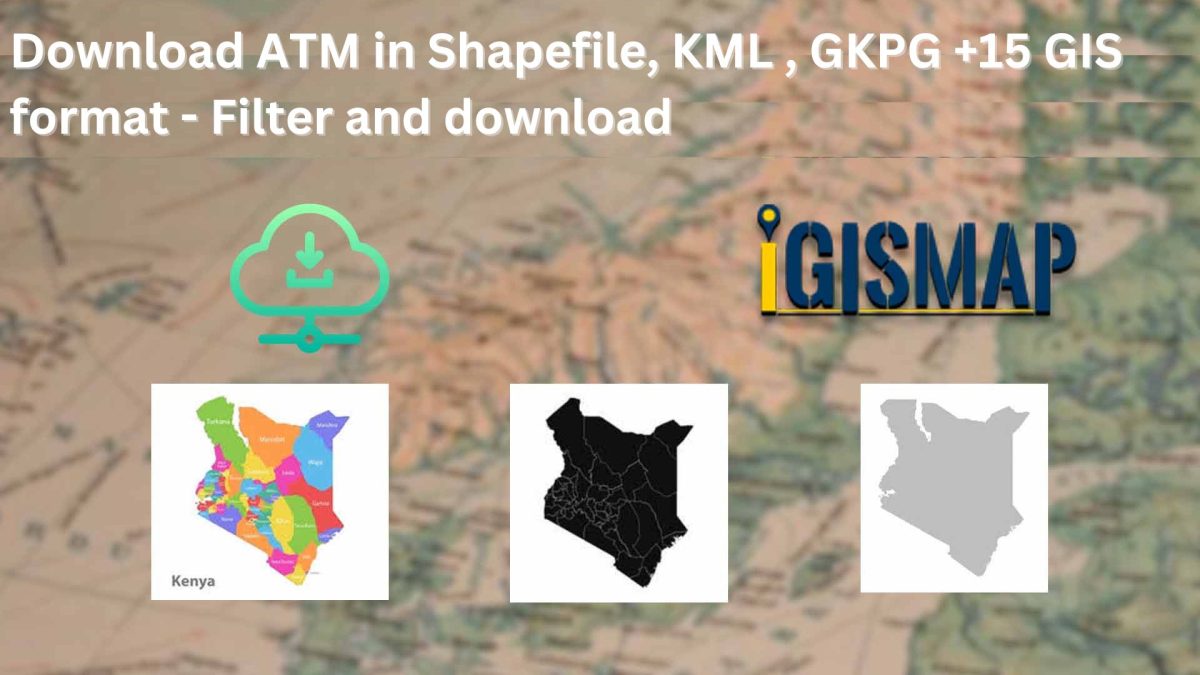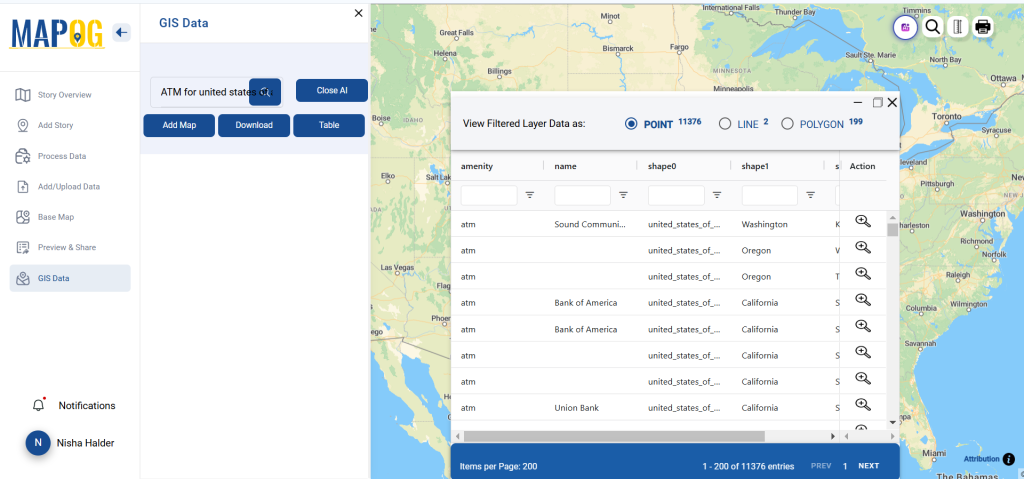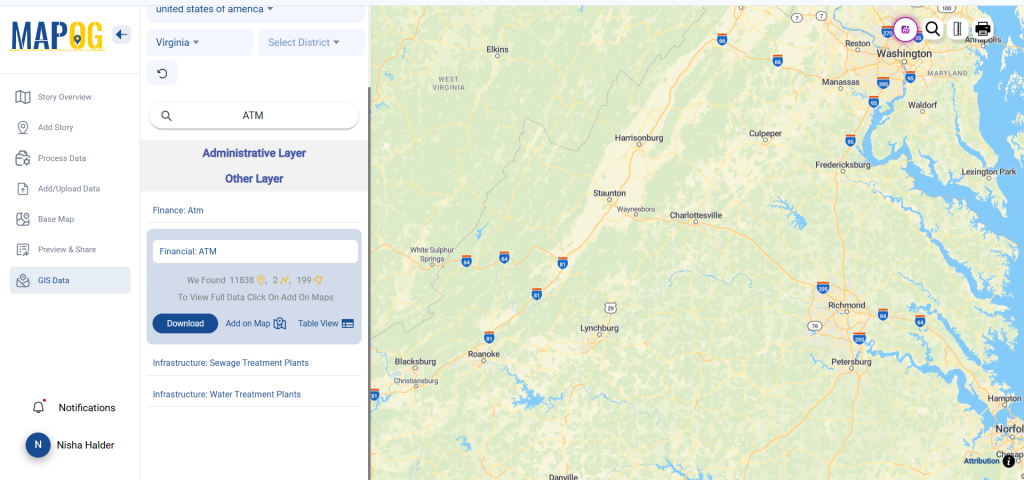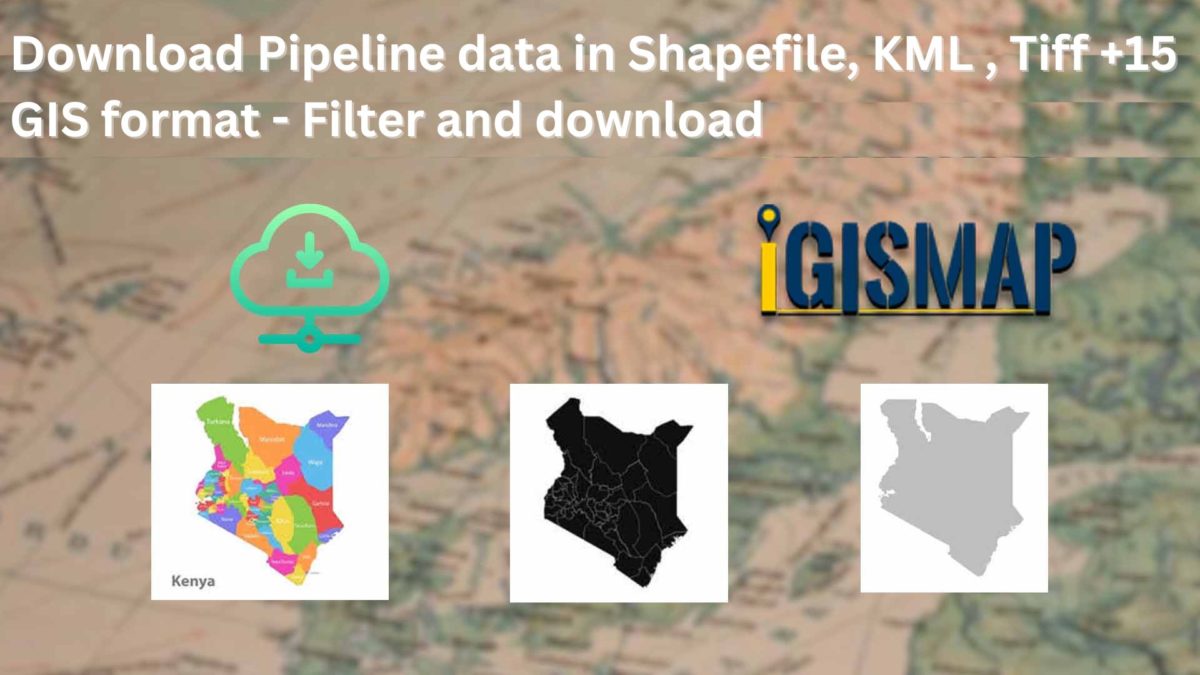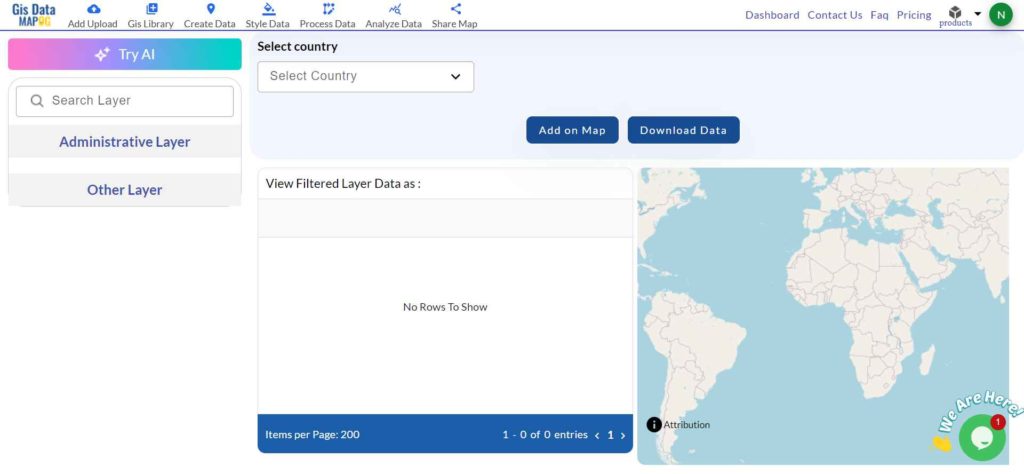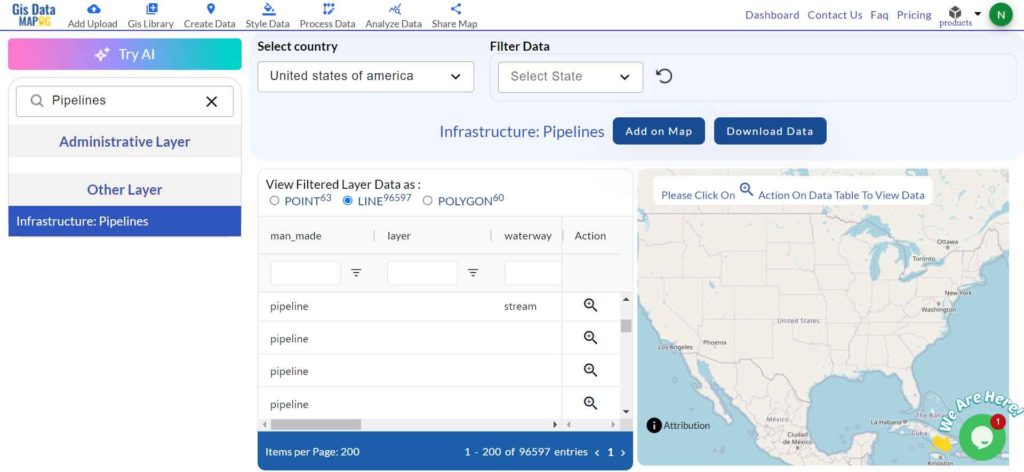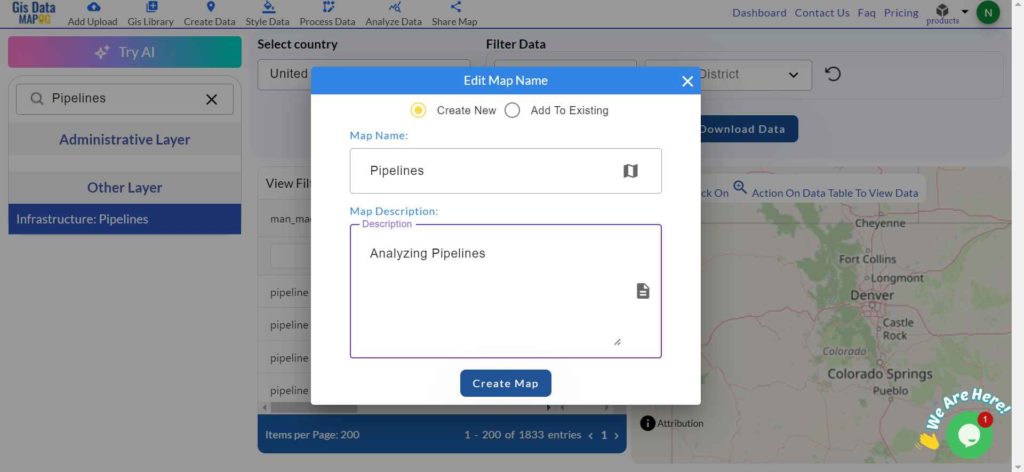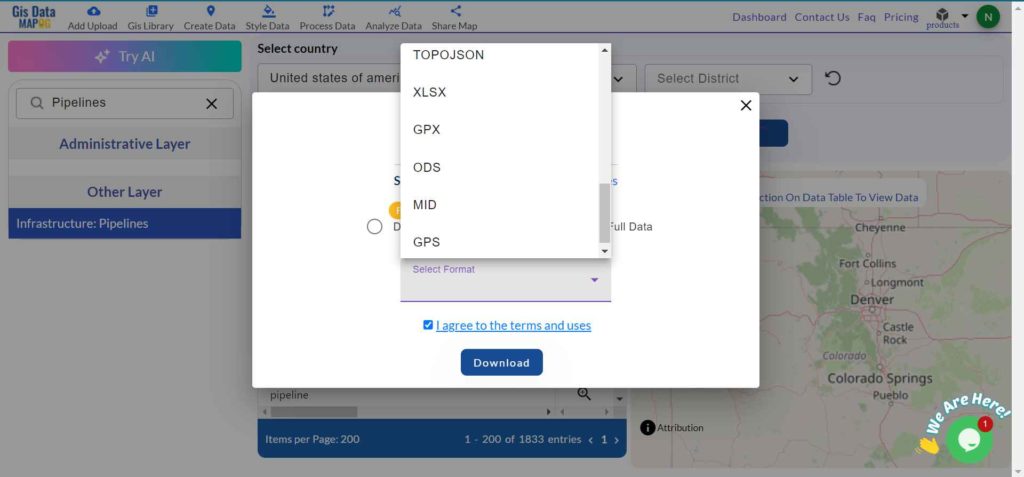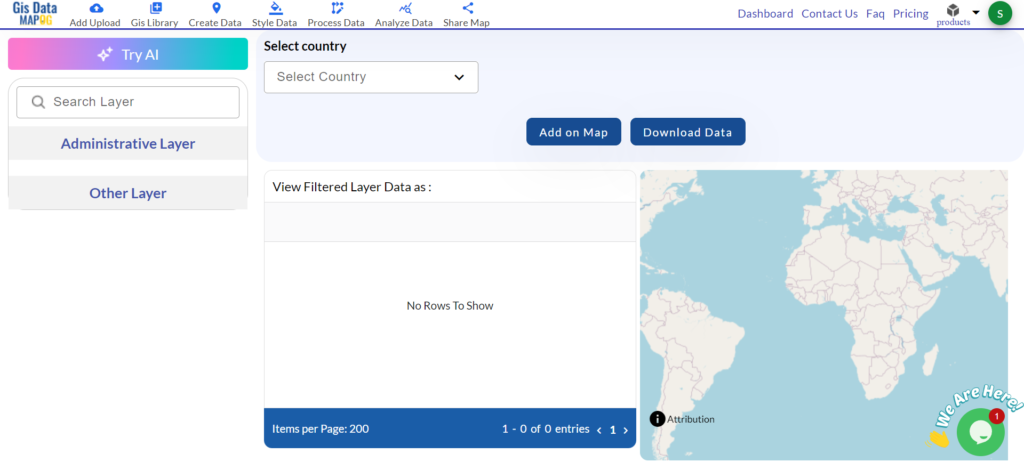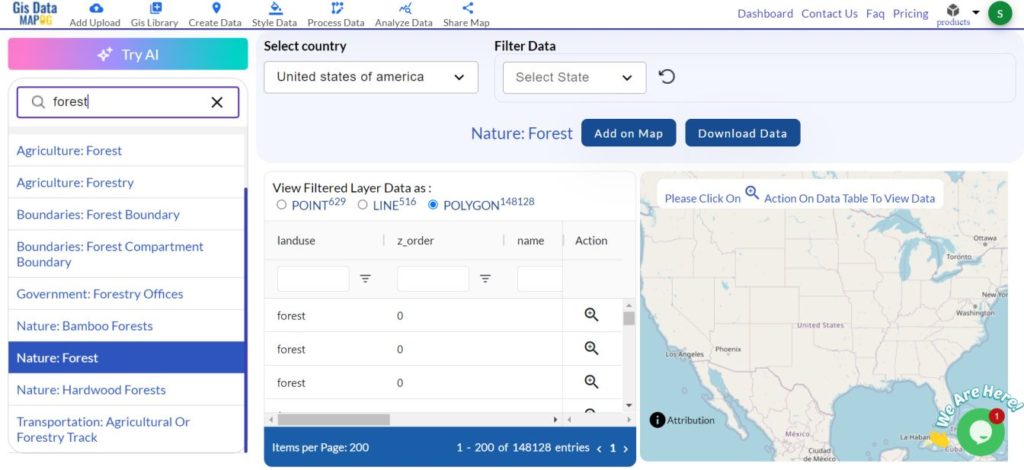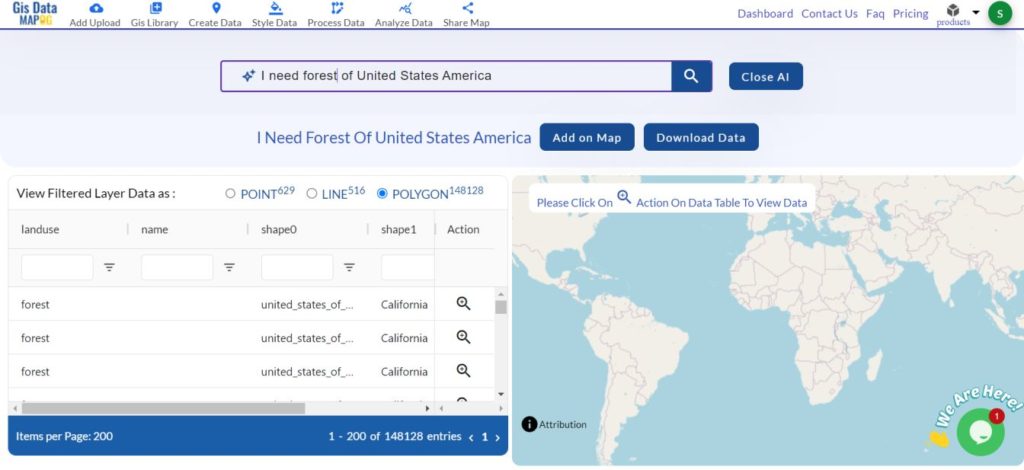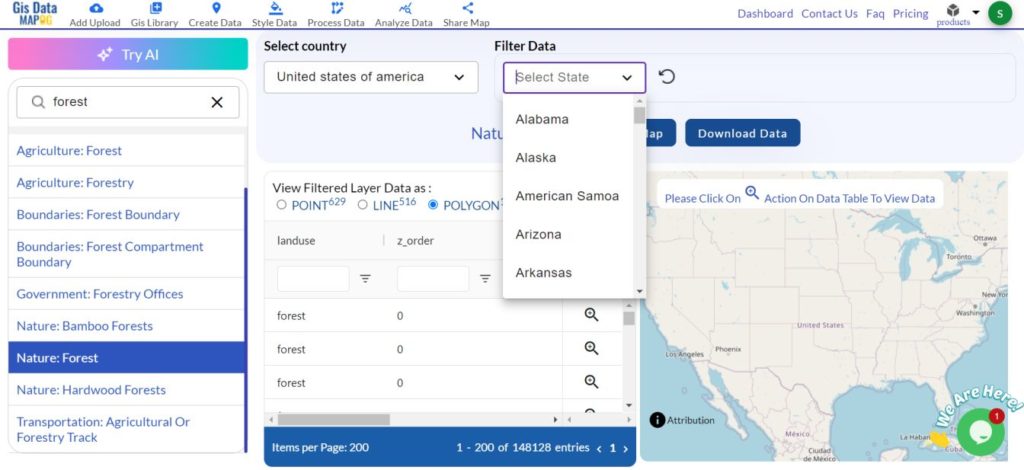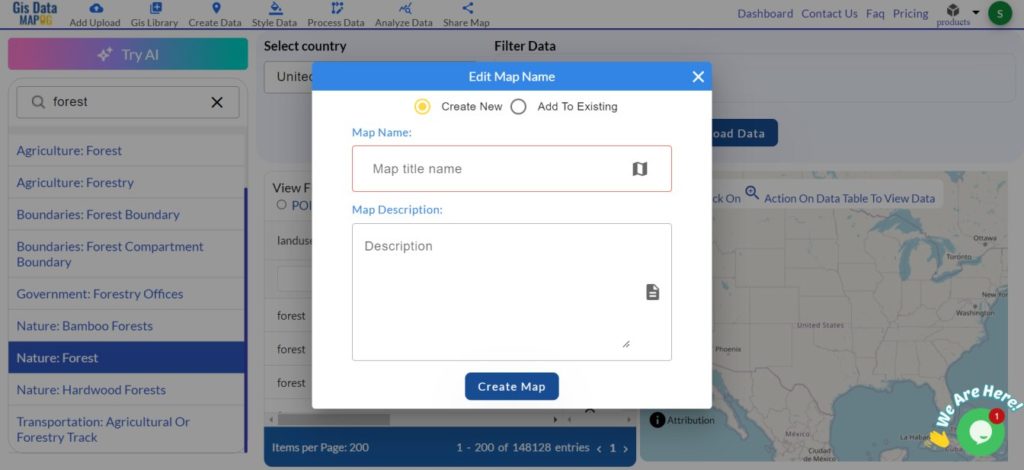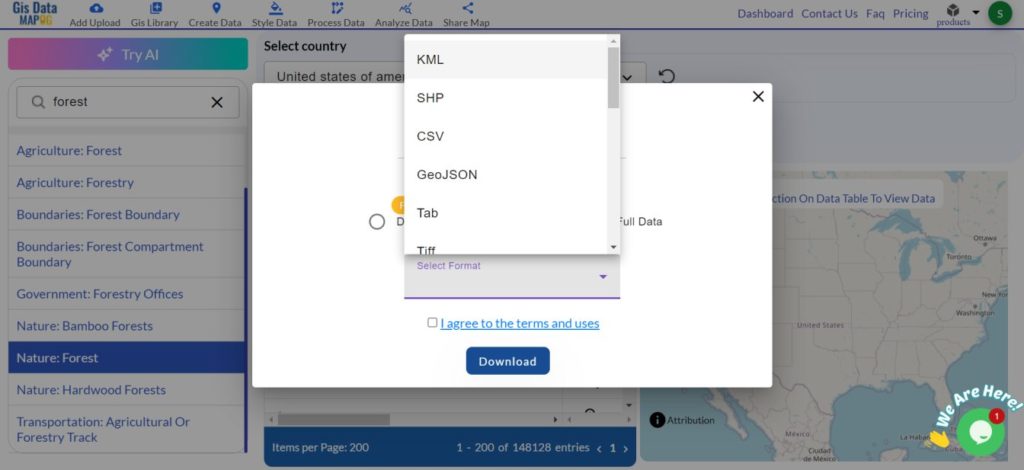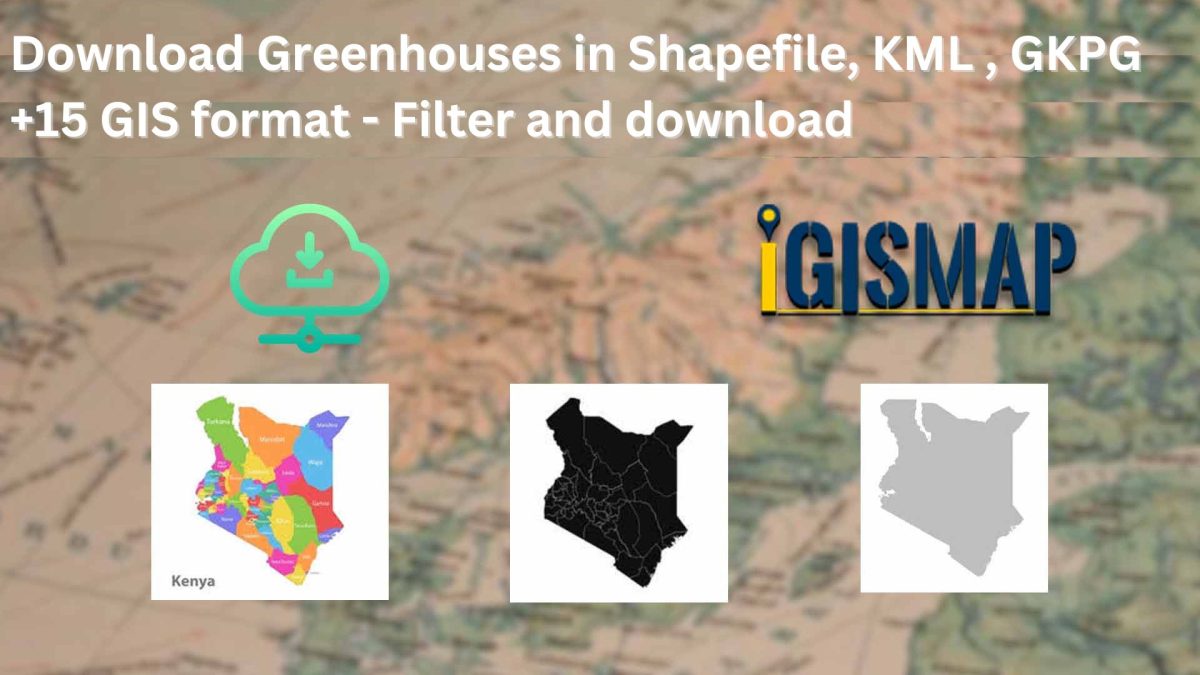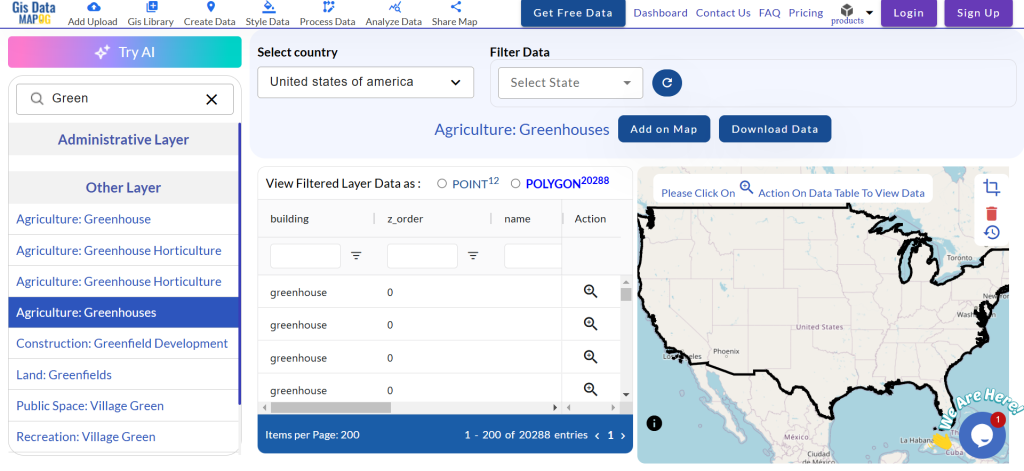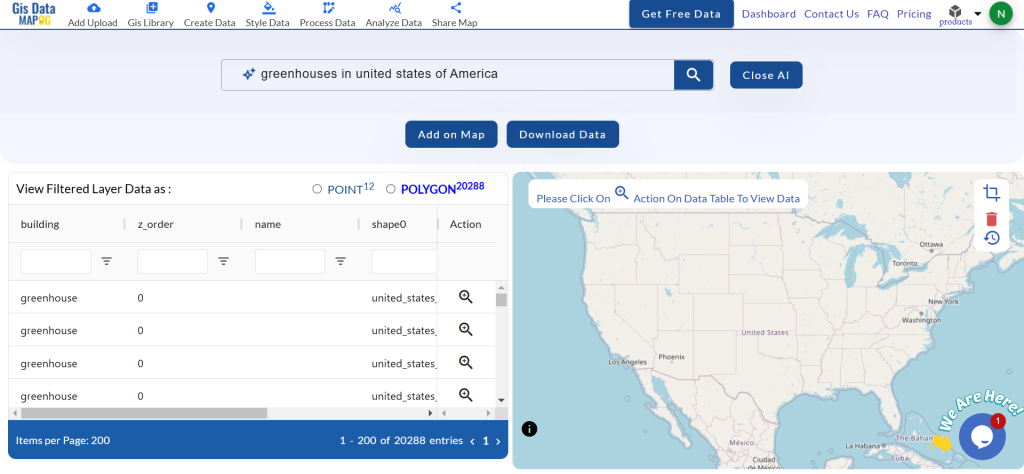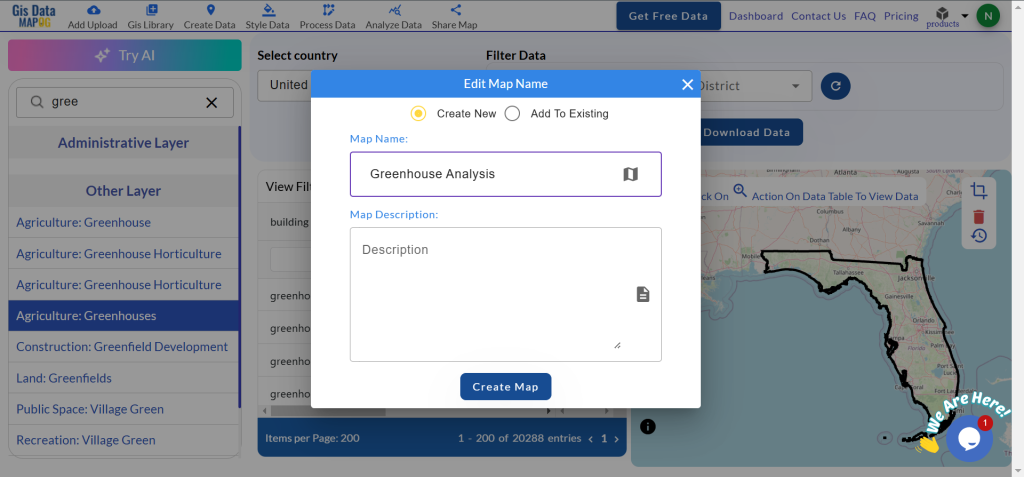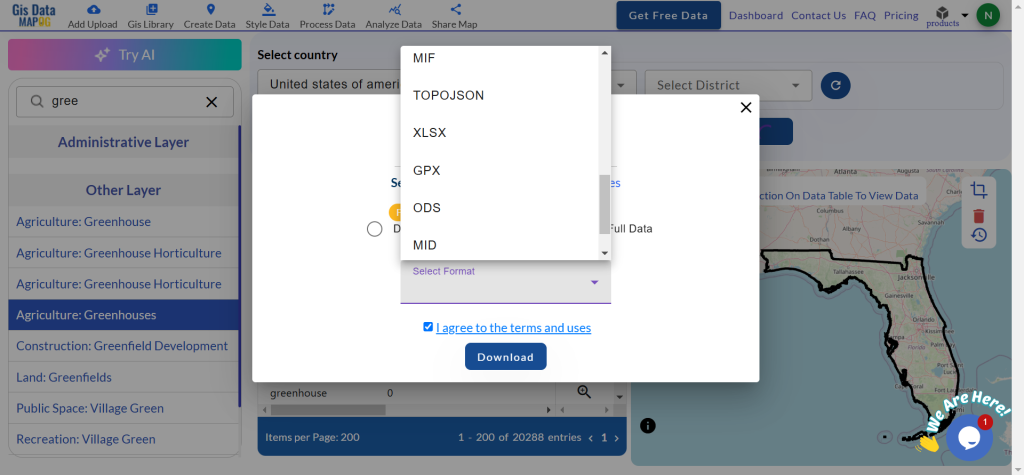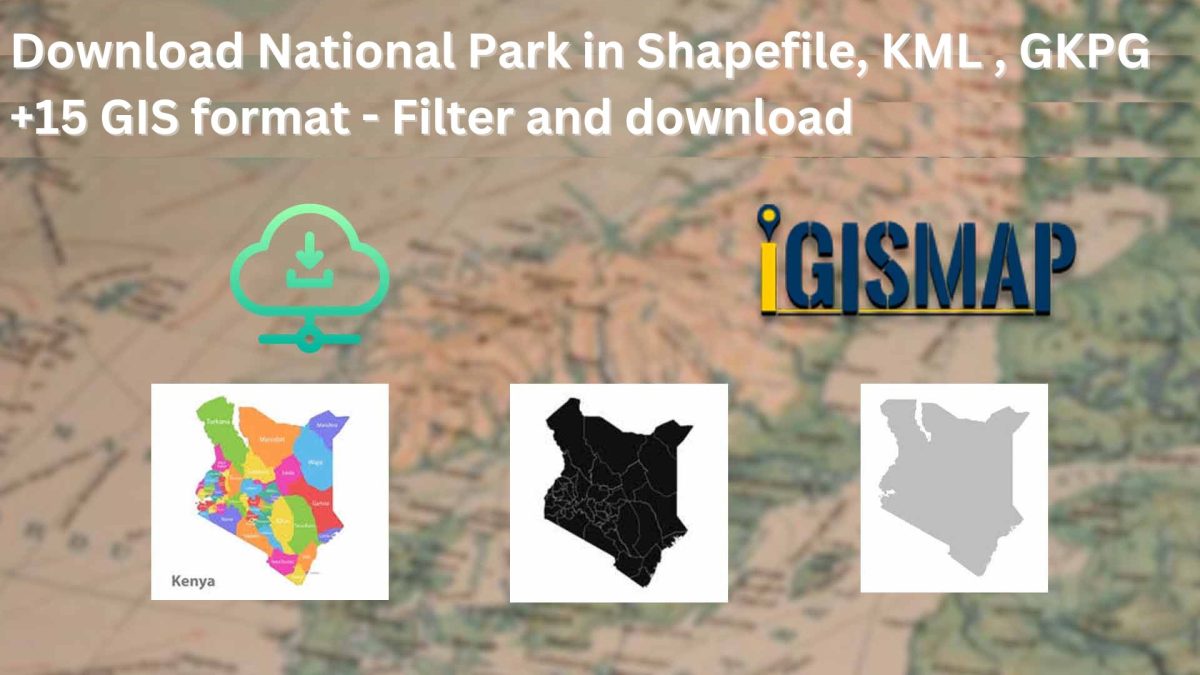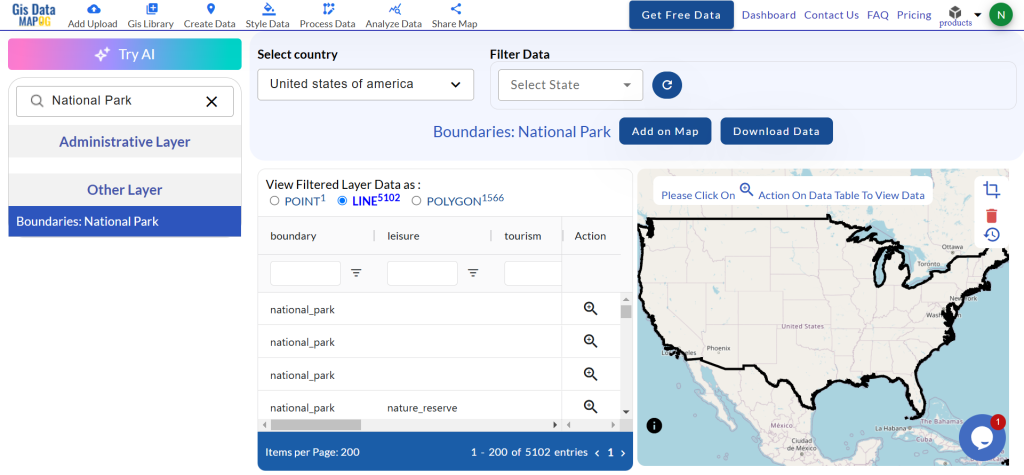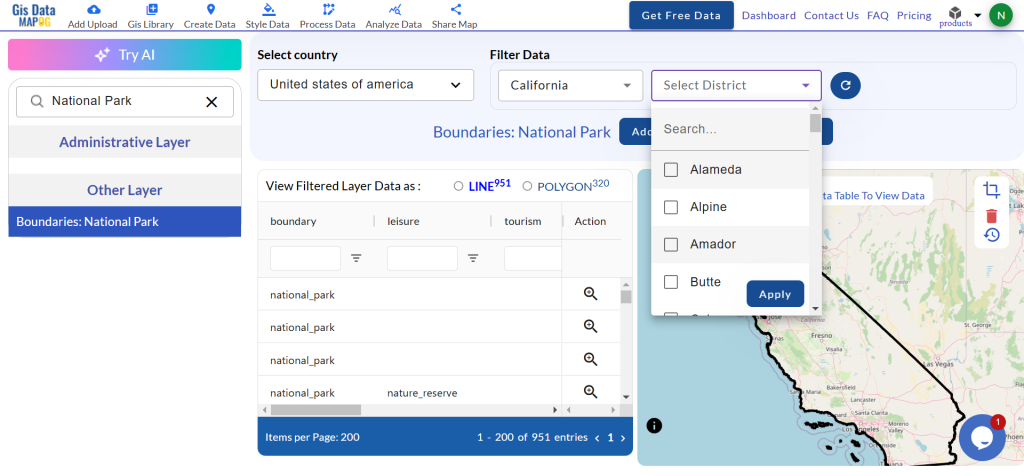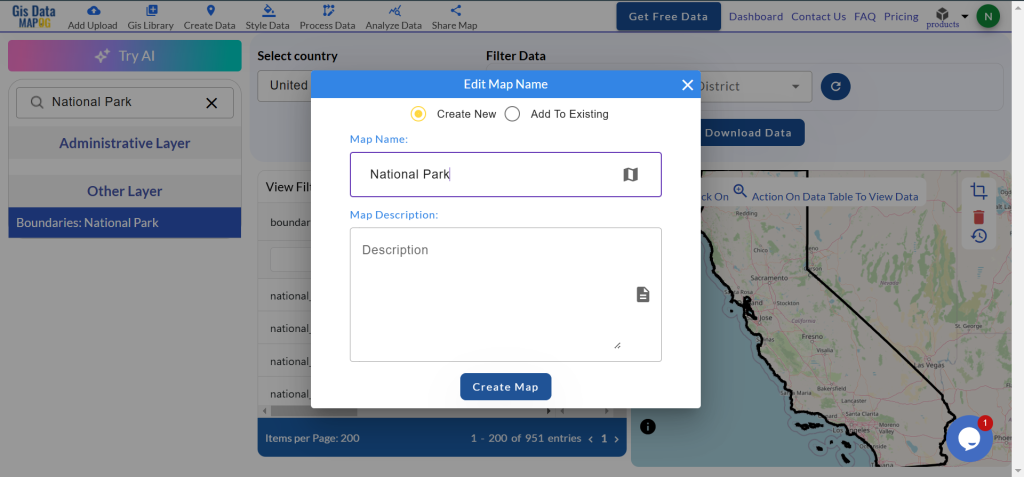GIS Data by MAPOG is a versatile platform designed to provide users with easy access to various GIS Data formats, including Shapefile, KML, GeoJSON, and many more. It offers a user-friendly interface for downloading administrative and geographic datasets, allowing users to effortlessly download parking data and utilize it for their specific needs.
The platform provides a wide range of data formats, including KML, SHP, CSV, GeoJSON, Tab, SQL, Tiff, GML, KMZ, GPKZ, SQLITE, Dxf, MIF, TOPOJSON, XLSX, GPX, ODS, MID, and GPS, ensuring compatibility and accessibility for various applications and analyses. With over 900+ layers covering 200+ countries, this platform simplifies the process by offering a step-by-step guide to help users quickly access the parking data needed for analysis, planning, or mapping.
Note:
All data is available in GCS datum EPSG:4326 WGS84 CRS (Coordinate Reference System).
Users must log in to download data in the desired format.
Step-by-Step Process to Download Parking Data
Step 1: Open GIS Data
After successfully logging in, navigate to the GIS Data section.
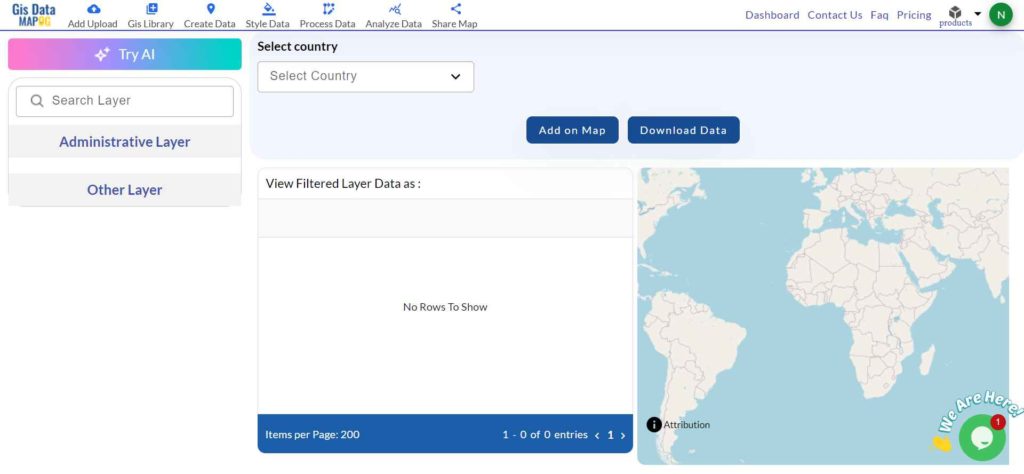
Step 2: Search for ‘Parking Data’
Use the search function or browse through the “Parking data” category to find specific datasets. You can view the dataset attributes, such as data type (point or polygon) and other key details. To streamline the data-finding process, use the “Try AI” tool by describing the desired data and area; the tool will provide the relevant information swiftly.
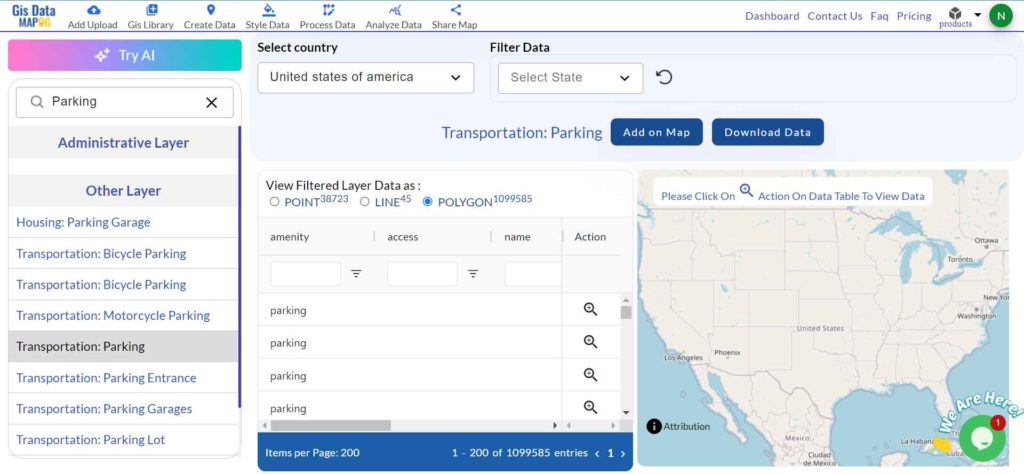
Step 3: Filter Data
To refine your search further, use the filter data option to specify states and districts. This functionality enables users to access more granular geographic data, ensuring they find the most accurate and relevant information for their targeted analysis or mapping projects.
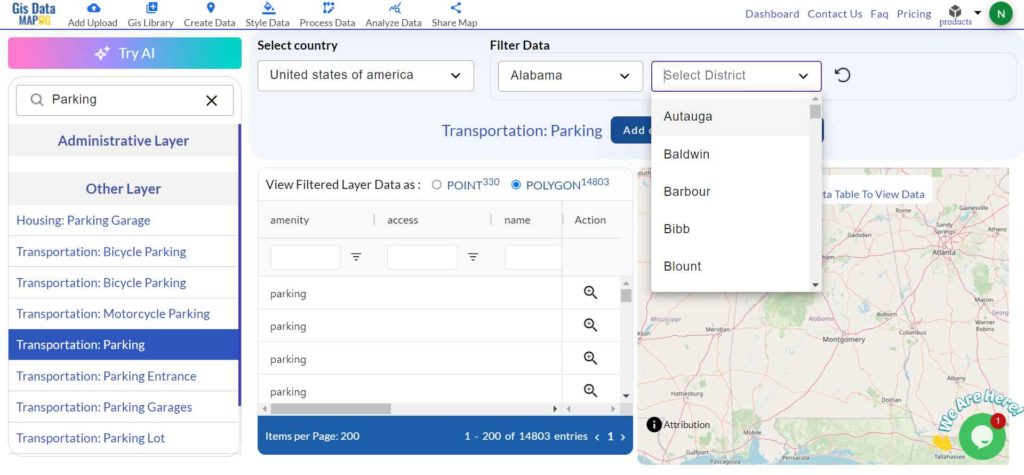
Step 4: Add on Map
Utilize the “Add on Map” feature to overlay the selected parking data onto a new or existing map in MAPOG for more in-depth analysis. This option enhances the visualization of spatial relationships and patterns, aiding in better decision-making for GIS projects.

Step 5: Download Data
Finally, click on the “Download Data” button. Choose between downloading a sample or the complete dataset, depending on your needs. Select your preferred format—such as Shapefile, KML, GeoJSON, or another from the 15+ supported formats—then agree to the terms and conditions. Click the download button again, and your parking data will be ready for use.
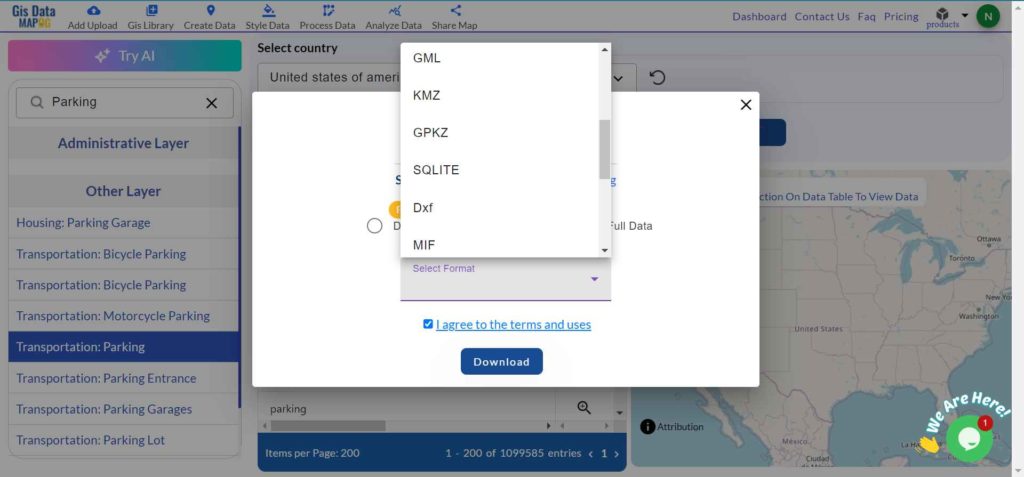
Conclusion
Downloading parking data in various GIS formats from GIS Data by MAPOG is straightforward and efficient, thanks to the platform’s step-by-step guidance. Users can access accurate and comprehensive geographical data in multiple formats, providing them with the flexibility needed for diverse applications in planning, mapping, and analysis.
With MAPOG’s versatile toolkit, you can effortlessly upload vector and upload Excel or CSV data, incorporate existing layers, perform polyline splitting, use the converter for various formats, calculate isochrones, and utilize the Export Tool.
For any questions or further assistance, feel free to reach out to us at support@mapog.com. We’re here to help you make the most of your GIS data.
Download Shapefile for the following:
- World Countries Shapefile
- Australia
- Argentina
- Austria
- Belgium
- Brazil
- Canada
- Denmark
- Fiji
- Finland
- Germany
- Greece
- India
- Indonesia
- Ireland
- Italy
- Japan
- Kenya
- Lebanon
- Madagascar
- Malaysia
- Mexico
- Mongolia
- Netherlands
- New Zealand
- Nigeria
- Papua New Guinea
- Philippines
- Poland
- Russia
- Singapore
- South Africa
- South Korea
- Spain
- Switzerland
- Tunisia
- United Kingdom Shapefile
- United States of America
- Vietnam
- Croatia
- Chile
- Norway
- Maldives
- Bhutan
- Colombia
- Libya
- Comoros
- Hungary
- Laos
- Estonia
- Iraq
- Portugal
- Azerbaijan
- Macedonia
- Romania
- Peru
- Marshall Islands
- Slovenia
- Nauru
- Guatemala
- El Salvador
- Afghanistan
- Cyprus
- Syria
- Slovakia
- Luxembourg
- Jordan
- Armenia
- Haiti And Dominican Republic
- Malta
- Djibouti
- East Timor
- Micronesia
- Morocco
- Liberia
- Kosovo
- Isle Of Man
- Paraguay
- Tokelau
- Palau
- Ile De Clipperton
- Mauritius
- Equatorial Guinea
- Tonga
- Myanmar
- Thailand
- New Caledonia
- Niger
- Nicaragua
- Pakistan
- Nepal
- Seychelles
- Democratic Republic of the Congo
- China
- Kenya
- Kyrgyzstan
- Bosnia Herzegovina
- Burkina Faso
- Canary Island
- Togo
- Israel And Palestine
- Algeria
- Suriname
- Angola
- Cape Verde
- Liechtenstein
- Taiwan
- Turkmenistan
- Tuvalu
- Ivory Coast
- Moldova
- Somalia
- Belize
- Swaziland
- Solomon Islands
- North Korea
- Sao Tome And Principe
- Guyana
- Serbia
- Senegal And Gambia
- Faroe Islands
- Guernsey Jersey
- Monaco
- Tajikistan
- Pitcairn
Disclaimer : The GIS data provided for download in this article was initially sourced from OpenStreetMap (OSM) and further modified to enhance its usability. Please note that the original data is licensed under the Open Database License (ODbL) by the OpenStreetMap contributors. While modifications have been made to improve the data, any use, redistribution, or modification of this data must comply with the ODbL license terms. For more information on the ODbL, please visit OpenStreetMap’s License Page.
